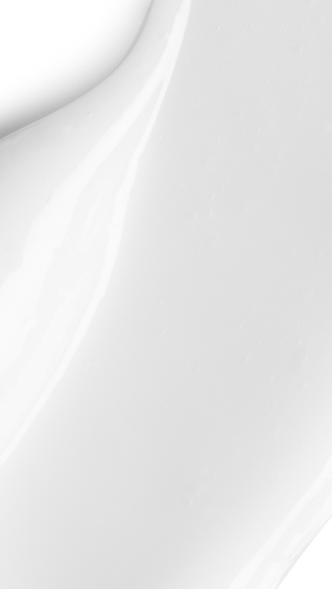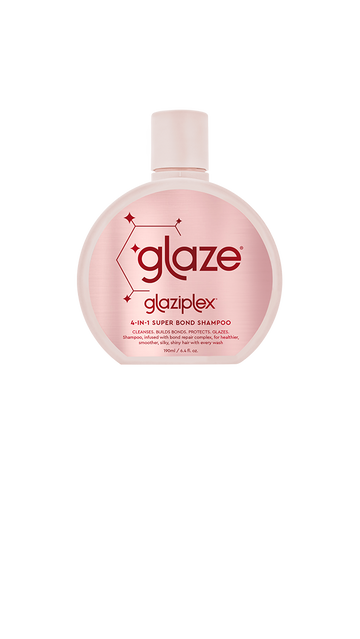
How Much Conditioner Should I Use When Washing My Hair?
You probably already use conditioner as part of your hair care routine, but you might not be using it correctly to get the best results for your hair. Too much conditioner could leave your hair greasy, but not using enough could leave your hair dry. It can be tricky to know exactly how much conditioner you need to use to get the balance just right.
Below, we look into what conditioner does for our hair and the best ways to use it for your hair type.
What does conditioner do?
Let’s start with the basics. The chemicals in shampoo can strip away some of the moisture in your hair, so using a conditioner after shampoo can replenish this loss, acting as a moisturizer for your hair. It can also be really beneficial for those that use chemical treatments on their hair, like dying or chemically straightening. Conditioner can also help to restore hair that has been damaged from heat styling.
Conditioner helps to make hair smooth and glossy by using oils and emollients to coat the strands in a protective layer. This not only reduces frizz but also can help to prevent damage caused by heat and other harms. Conditioner will also penetrate the hair strands to moisturize from within and leave them smooth and nourished.
How to apply conditioner
You should use conditioner every time you wash your hair. You should always wring out your hair before you apply conditioner. If your hair is too wet, you won’t be able to properly tell how much product is on your hair. The conditioner also won’t be able to penetrate the hair strands properly and will just rinse away. Once conditioned, you should comb the product through your hair with a wide-tooth comb to evenly distribute it.
How much conditioner should you use?
How much you use will depend on your hair type and hair length.
Conditioning by hair type
Those with finer hair should use just a small amount of conditioner and only focus on the ends. Fine hair will be more prone to retaining oil if too much conditioning product is used, so in this case, less is more. You might be tempted to skip conditioner altogether if you have fine hair, but you should still keep it as part of your routine. You should be able to find a lighter conditioner that doesn’t weigh your hair down too much.
Those with thicker hair might need to use a larger amount of conditioner to make sure every strand is properly moisturized and penetrated. You might find it beneficial to use conditioner all over, even near the roots.
Conditioning by hair length
If you have short hair, you’ll only need to use a small dab of conditioner. Shoulder-length hair will usually need a dab of conditioner the size of a quarter. Long hair will need a larger amount of conditioner to ensure the strands are completely moisturized.
You should combine this advice with the guide for how much conditioner to use by hair type to find the perfect amount for you. You might need to experiment with how much conditioner you use to find what works.
Signs you’re over-conditioning
You’ll usually be able to tell if you’re using too much conditioner as your hair will be greasy and weighed down. You might struggle to heat style and you might find that it loses volume.
If you notice these signs, you should try cutting back on the amount of conditioner you use. You could also try switching to a lighter conditioner, to see if that leaves your hair less oily.
Signs you’re under-conditioning
There will also usually be clear signs if you’re not using enough conditioner on your hair. If you find that your hair is excessively frizzy, or dry, or if strands break easily, you might need to use more conditioner. You could also try using a deep conditioning hair mask to add more shine and nourishment.
Types of conditioner
There are a few different types of conditioner, which could have slightly different results depending on your hair type.
Rinse-out conditioner
Rinse-out conditioner is the conditioner most people will use in the hair care routine. This is applied after shampooing and then rinsed out. Some people might leave the conditioner to sit on their hair for a few minutes to permeate the hair before rinsing.
Rinse-out conditioner will be suitable for most hair types. But some people might find they require a deeper conditioning treatment, especially if they have thick or very curly hair.
Leave-in conditioner
As the name suggests, leave-in conditioner will be left on the hair until the next hair wash. It can help to provide extra moisture for hair that is particularly dry or damaged. Those with finer hair, or hair that is more prone to grease probably wouldn’t benefit from leave-in conditioner, as it may leave their hair with excessive oils.
Deep conditioning mask
A deep conditioning mask will usually be left on your hair for around 10 to 30 minutes. This allows the product to deeply saturate the hair, helping to thoroughly moisturize and protect every strand.
Glaze Super Gloss is a deep conditioning treatment that leaves your hair super-healthy, soft and nourished. Our Super Gloss also comes in a range of shades to enhance your hair color, boosting the vibrancy with results that last for up to 10 washes. Our Super Gloss is also gentle enough to be used regularly in place of your usual conditioner, to keep that fresh glossy look every day!
Need more help?
Still have a question? We’re here to help you. If you have any concerns you’d like to discuss, please get in touch…
Contact Us






